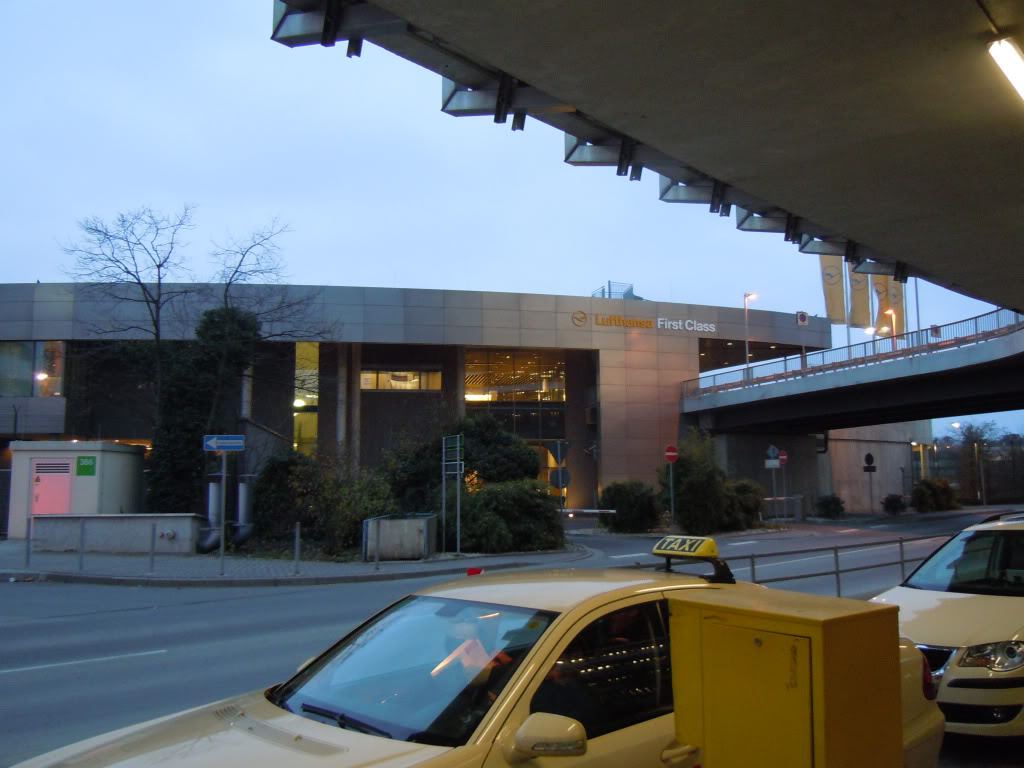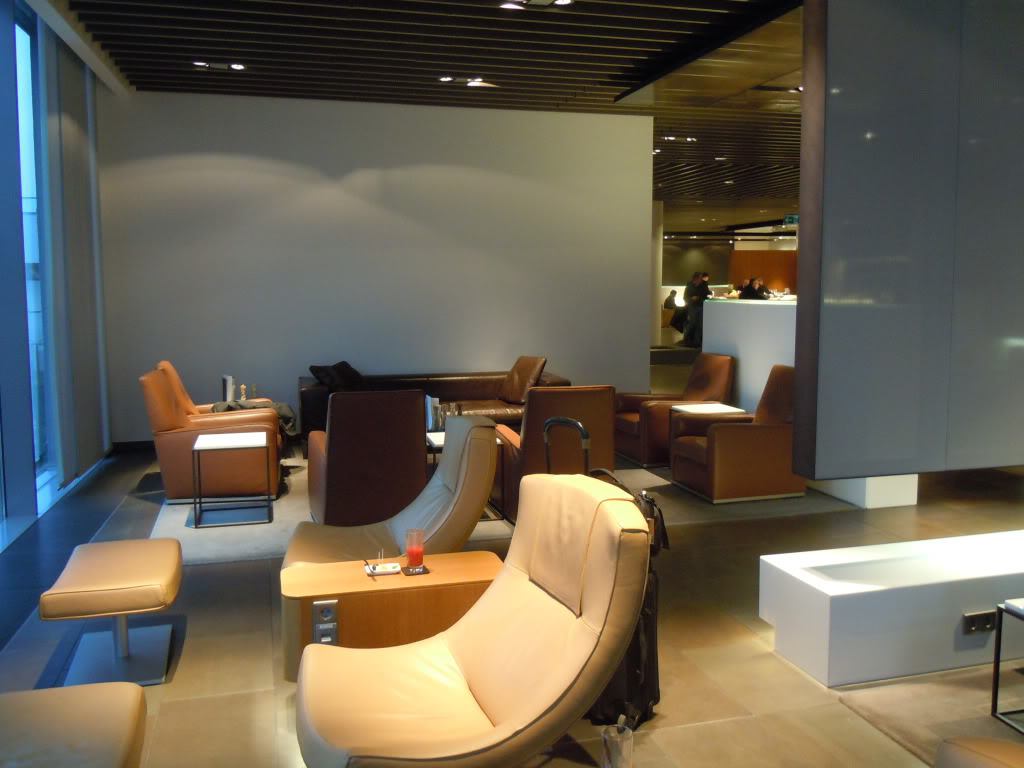Will Horton covers a presentation by Lufthansa Group’s Chief Commercial Officer – Network Airlines in which he outlines how the European group of airlines including Lufthansa and Swiss attracts high yield passengers.

- Lufthansa matches lowest fares not because they want those fares but because of customer loyalty — they don’t want to lose customers to competitors, and then potentially lose their more lucrative business too.
That understands a fundamental point I often make that business travelers are leisure travelers, and you have to treat them well on a cheap weekend trip with family not just when their company is buying them business class.
- Premium economy passengers are almost all buying up from economy, not trading down from business class, and the cabin “generates 6% more revenue per square metre than business class, and 33% more than economy” (and that’s more revenue on less cost than business). That’s why Swiss is introducing premium economy, too, because “[p]ulling from economy class to premium economy, this is a money generating machine.”
- Shockingly Swiss top tier elites spend almost half their money with the airline on paid first class tickets. At Lufthansa it’s 25% (more than that for Frankfurt, less than that for Munich which is a less premium market).
- Lufthansa sees customers remaining loyal to them in business class due to their first class product (“First class has a huge pull there, which cannot be calculated by a simple stupid seat allocation calculation.”) Dropping first class, they believe, would cost them business in business.


This aligns with British Airways’ belated realization that brand matters and being a premium airline matters — indeed, something I think we see with American Airlines is that they aren’t getting credit for their quality international business class because of cuts to coach.


Generally agree with these points, having applied some of this logic on my own behalf as an LH customer.
Two things that also pop out to me with respect to their model…
1) The power of those purchased upgrades. They alluded to it with Y+, but the ease of locking in a Y or Y+ fare and then being tempted to bid or outright buy up makes it hard to resist. And no funny business, you just straight up get the confirmed seat. Coming from a US perspective, where it is either pay a ton up front or play roulette with an instrument (cash and miles, SWU, etc) it is very refreshing.
2) While the revenue density of Y+ is higher than that of J, I do wonder how much cannibalization of J, or impact on J pricing, Y+ has. The LH J product simply is not that great, and especially on daytime flights the Y+ product, for the price, is quite nice. Many people may not be able to justify the jump in cost to J.
I really enjoy reading thoughtful business analysis. Thank you
This is what US airlines fail to understand about BE fares. They piss off elites
You have rung the bell by correctly dissecting BA’s awakening of what brand is, AA”s death spiral, and how Lufthansa exactly understands the correlation of product and customer experience.
I have never experienced a disappointmenting flight between ORD-FRA or MUN in J. Next time I have to go to Spain, I will stay clear of Iberia, and try Y+ on Lufthansa ORD-FRA-MAD.
Too bad the US3 waste their energy fighting competition than rising up to meet their competitors…
For companies that have strict rules on who gets to fly J, such as mine, PE is a god send. For businesses, PE is being utilized more. But, sometimes airlines are making PE double or more than Y, which defeats the purpose of it being a buy-up.
@ Gary — No, American isn’t getting credit (that it may or may not deserve) because you can never be sure if or when you will arrive at your destination. That one thing is more important than all else and they get an F for that in my book. There is great irony in the fact that they are obsessed with D0 but yet rank among the worst major airlines at getting you there on time (or at all).
Gary – is LH implying that many J pax can upgrade to F? I think about that with AA in particular as the last US legacy carrier with a true F cabin. Elites in paid J have plenty of chances to upgrade to 3-cabin F where available, which (1) keeps elites flying AA and (2) allows AA to sell a few more J seats
I doubt half or even close to 25% of UA or AA top level fliers revenue went to paid 3 cabin J fares. Even at SFO with its Asia heavy routes.
Different market – can’t compare.
UA and AA used first as an upgrade class which just wasn’t viable at scale.
Also Swiss and German firms more likely to allow paid first for long haul among some exec tiers.
Less long haul private flying I would guess as well.
LH has made economy class miserable enough that it has cost LH my economy class business and my premium cabin business. Same goes for AA, BA and many other airlines.
The consequences of not treating me well on all of my trips is that I shop around more and more as the level of comfort and service drops to miserable levels on those carriers which I had historically flown the most.
They taught me that I had to shop around more carefully and ditch loyalty programs as a major factor in purchase decisions and that I could get the lowest price for the most comfortable service by not limiting my selection of airlines.
A nice analysis. Like @flightwonk, I wonder about the allure/upgrades. As to the economy product, I flew the A350 last year, and space was very tight, particularly in the pitch. Except for my knee pain for a day or two afterwards, the flight was unremarkable.
Great to see an executive with a vision rather than the grumblings of accountants and lawyers which dominate US boardrooms these days.
But LH’s market is subtly different in two ways
a) Thanks to European high tax rates, well-enforced, offering J and F class flights is one of the few remaining opportunities to reward staff
b) The subtle class system is still very much alive, making intra-Europe J class desirable even if the actual seats are no better than Y class.
@GUWonder
Which international airline has an economy class that is not miserable? As far as I can tell, they are all miserable.
SAS long-haul economy class isn’t as miserable as LH’s and AA’s long-haul economy class cabin can be.
@Charlie – QR’s Y class is also quite tolerable. Except the 10-abreast 777s.
@ Charlie
Eva, Ana, Jal, Thai, Singapore, Turkish, Delta, Qatar, Emirates upstairs on A380.
A lot more on regional routes, like Bangkok Airways.
In the lase 20 years we have had exactly 1 decent international economy trip, MSP/CDG/MSP, and that was on a Delta 767. Comfortable seats, great crew, reasonable food and on time. The rest of our economy trips on UA 777, KLM 767, BA 777 were awful with late flights, dirty cabins and on UA especially rude cabin crews. In the last 4 years we have had great trips in Econ on Lufthansa and Austrian and are now 100% LH group customers both in Economy and Business for our international trips. No one at UA seems to care and AA even before the current labor issues was really poor. LH may not have the latest cabins and flash but somehow they operate on time, in clean aircraft with very good cabin crews and that is how you capture customers.